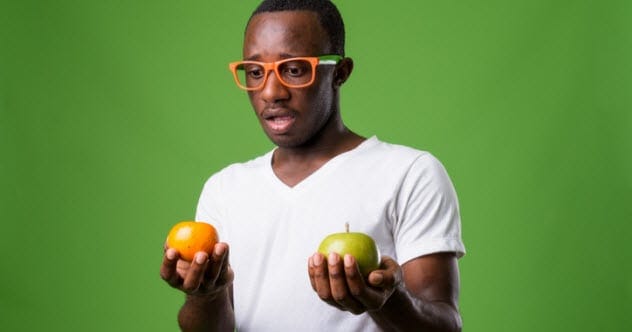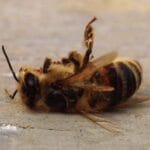Scientific studies are vital for advancing our world, providing tools to solve daily problems. However, sometimes scientists venture into the unnecessary, driven by curiosity or perhaps a lack of better things to do. Have you ever pondered bizarre questions like, “What if birds pooped lying down?” Some scientists take these questions seriously, leading to hilariously unnecessary studies.
Here are ten of the most ridiculously elaborate scientific studies ever conducted.
10 How Different Are Apples and Oranges Really?
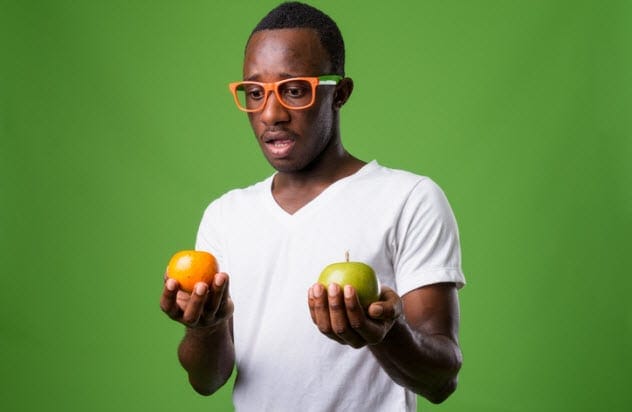
We’ve all used the phrase “like comparing apples and oranges” to describe unrelated things. Surgeon James E. Barone decided to investigate this supposed difference.
According to a paper presented at the Connecticut Society of American Board Surgeons, apples and oranges are quite similar. Experiments revealed that the main differences are color and seed type. Essentially, they might as well be the same fruit!
Thanks to this study, we’re left without a good simile for comparing unrelated things.
9 How Do Shrimps Fare Walking on a Treadmill?
What comes to mind when you see shrimp? Food? Marine life? For some scientists, the question was: “What if we put them on a treadmill?”
Under the guise of studying stress effects on marine life, scientists injected shrimp with bacterial infections and made them walk on tiny underwater treadmills.
Unsurprisingly, uninfected shrimp performed better than infected ones. This study received $682,570 in taxpayer funding from the National Science Foundation.
8 Is It Better to Smash an Empty or Full Beer Bottle on Someone’s Head?

Anyone in a bar fight probably isn’t thinking about the science of beer bottle smashing. However, some scientists found it a question worth answering.
They tested full and empty half-liter beer bottles in a drop tower. Empty bottles broke at 40 J of energy, while full ones broke at 30 J.
The difference isn’t significant, as both can fracture a human skull, something bar brawlers likely already know.
7 How to Pee to Avoid Splash Back?
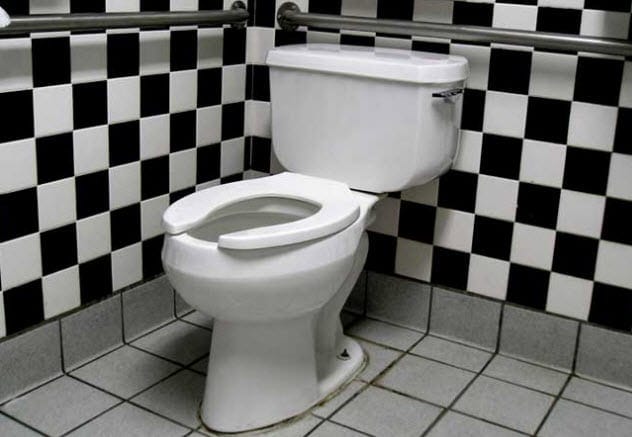
Peeing in unfamiliar washrooms can be a gamble due to splash-back. Is it worth a scientific study? Most would say no, but some scientists disagreed.
At Brigham Young University’s Splash Lab, scientists 3D-printed a urethra and conducted experiments to determine what causes splash back.
They found that the angle matters most, a revelation many could have figured out on their own without lab equipment.
6 What’s the Mathematical Formula for Perfect Cheese on Toast?
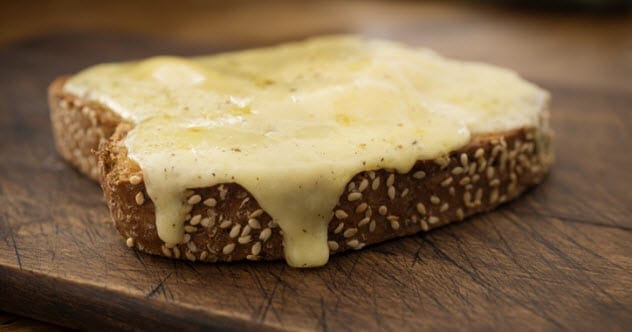
Putting cheese on toast seems straightforward. But the Royal Society of Chemistry and the British Cheese Board believe it requires a mathematical formula.
They developed a formula with complex variables to achieve perfect cheese on toast, adjusting variables like cheese temperature and texture under lab conditions.
Despite their efforts, many still believe a formula is unnecessary.
5 How to Walk Without Spilling Your Coffee?

Walking with coffee often leads to spills. Is it a problem worthy of scientific study? Some scientists thought so.
They studied the physics behind coffee spills, using terms like “fluid-structure interaction of the coffee cup.” The study explored optimizing the walking-with-coffee experience.
The conclusion? Walk backward or use a claw-like grip on the cup, even if it looks silly.
4 How to Take a Photo Without Anyone Blinking?
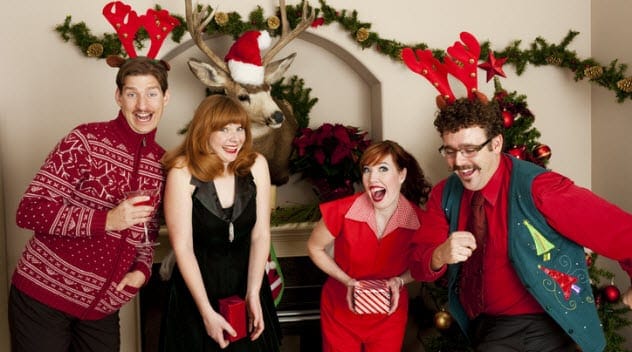
Family photographers know the frustration of someone always blinking in photos. CSIRO physicist Dr. Piers Barnes tackled this problem.
He used probability and calculus to create an equation determining how many photos to take to ensure one without blinking.
For about 20 people, take six photos in good light or ten in poor light.
3 How Does Sitting for a Long Time Affect a Cow’s Ability to Stand Up?
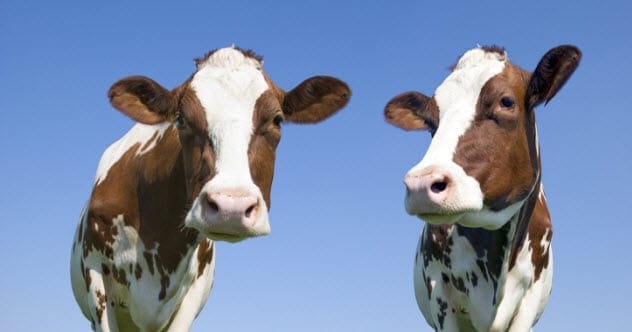
Cows spend a lot of time sitting and standing. Scientists studied the correlation between sitting and standing in cows.
Published in Applied Animal Behavior Science, the study used sensors to record cows lying down. The data collected was analyzed to understand how long the animals spent in each of the stances.
The conclusion? The longer a cow sits, the more likely it is to stand up.
2 How Uncomfortable Is Wet Underwear Really?

Wet underwear is uncomfortable, a fact most people accept. But some scientists sought to quantify this discomfort.
They studied eight men in wet underwear, monitoring skin and rectal temperatures, weight loss, shivering, and visible discomfort over 60 minutes.
The unsurprising conclusion: wet underwear makes you colder and more uncomfortable.
1 What’s Up With Navel Fluff?
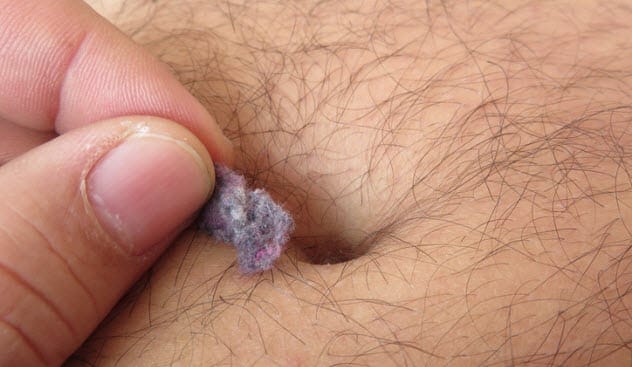
The belly button often gets ignored except for occasional cleaning. A scientist from Vienna University of Technology studied navel lint for over four years.
From 2005 to 2009, Georg Steinhauser collected 503 pieces of his own navel fluff, concluding that the lint is directed by belly button hair and comes from clothing.
This quirky study delved into a truly peculiar phenomenon.


